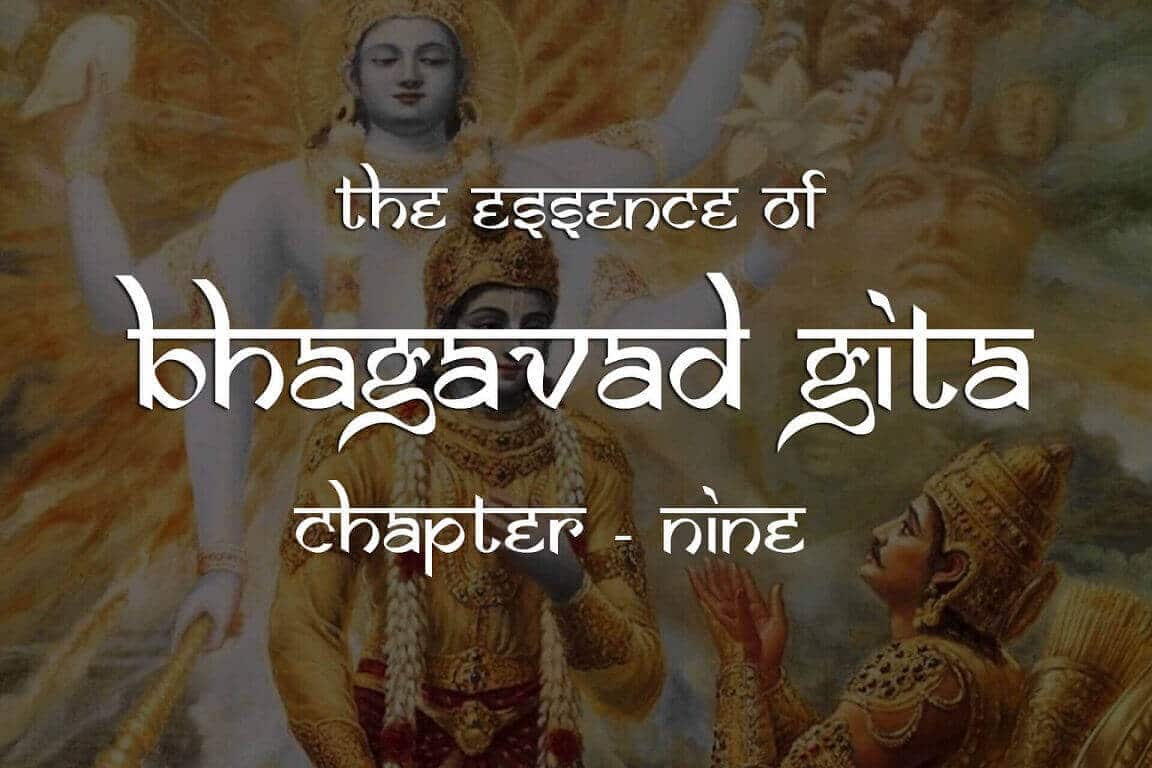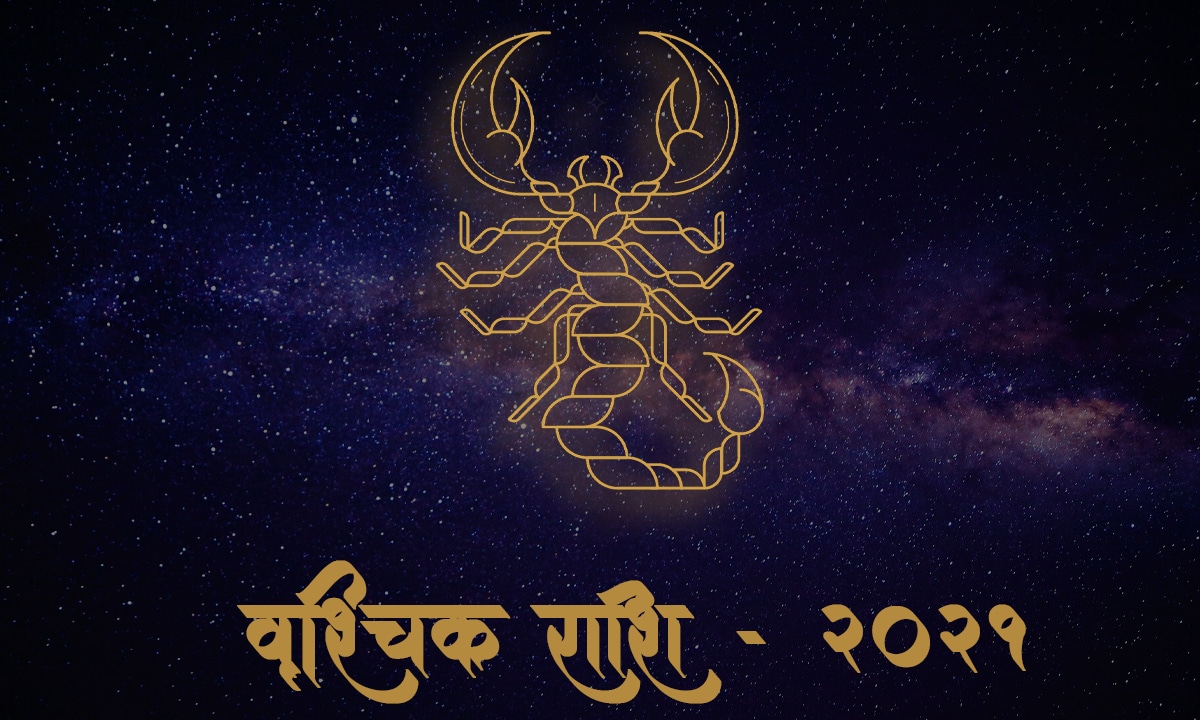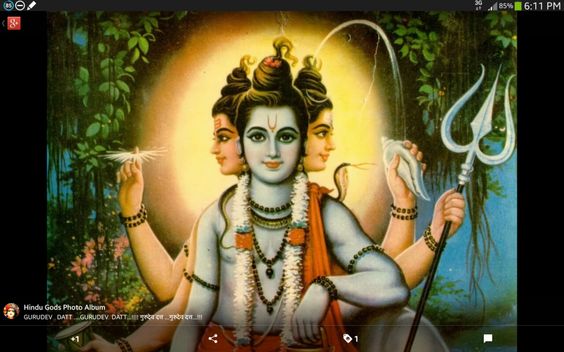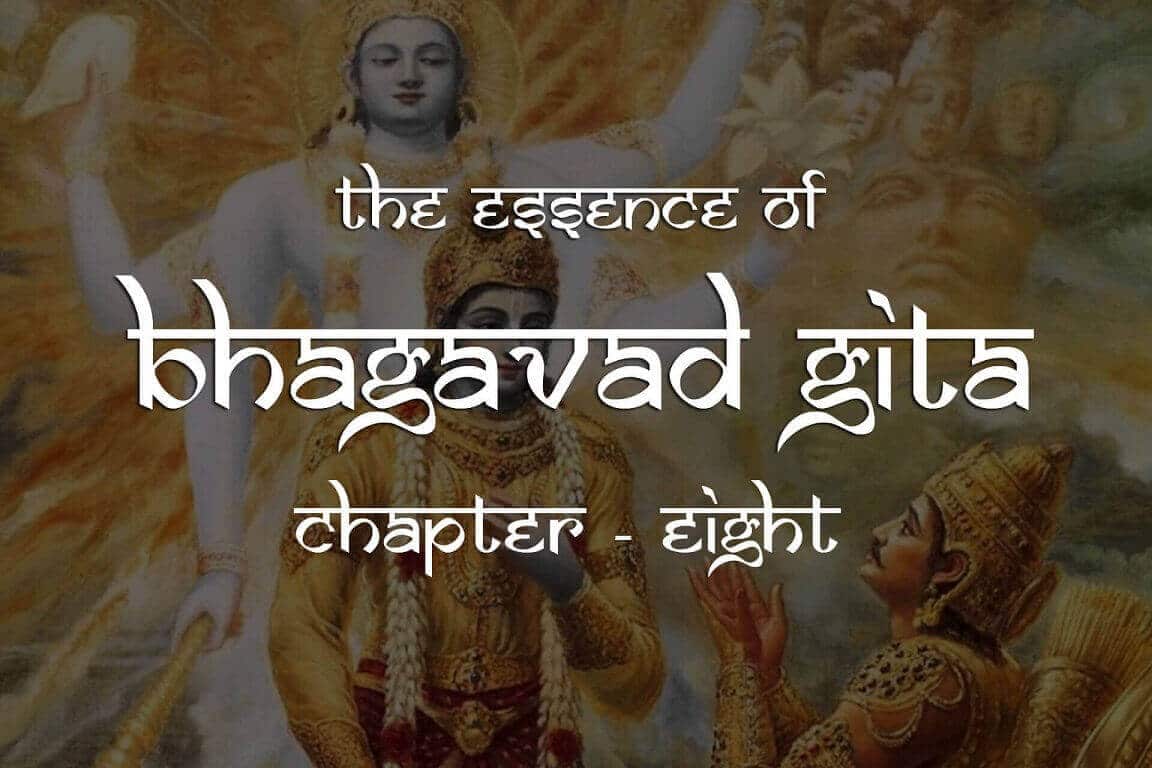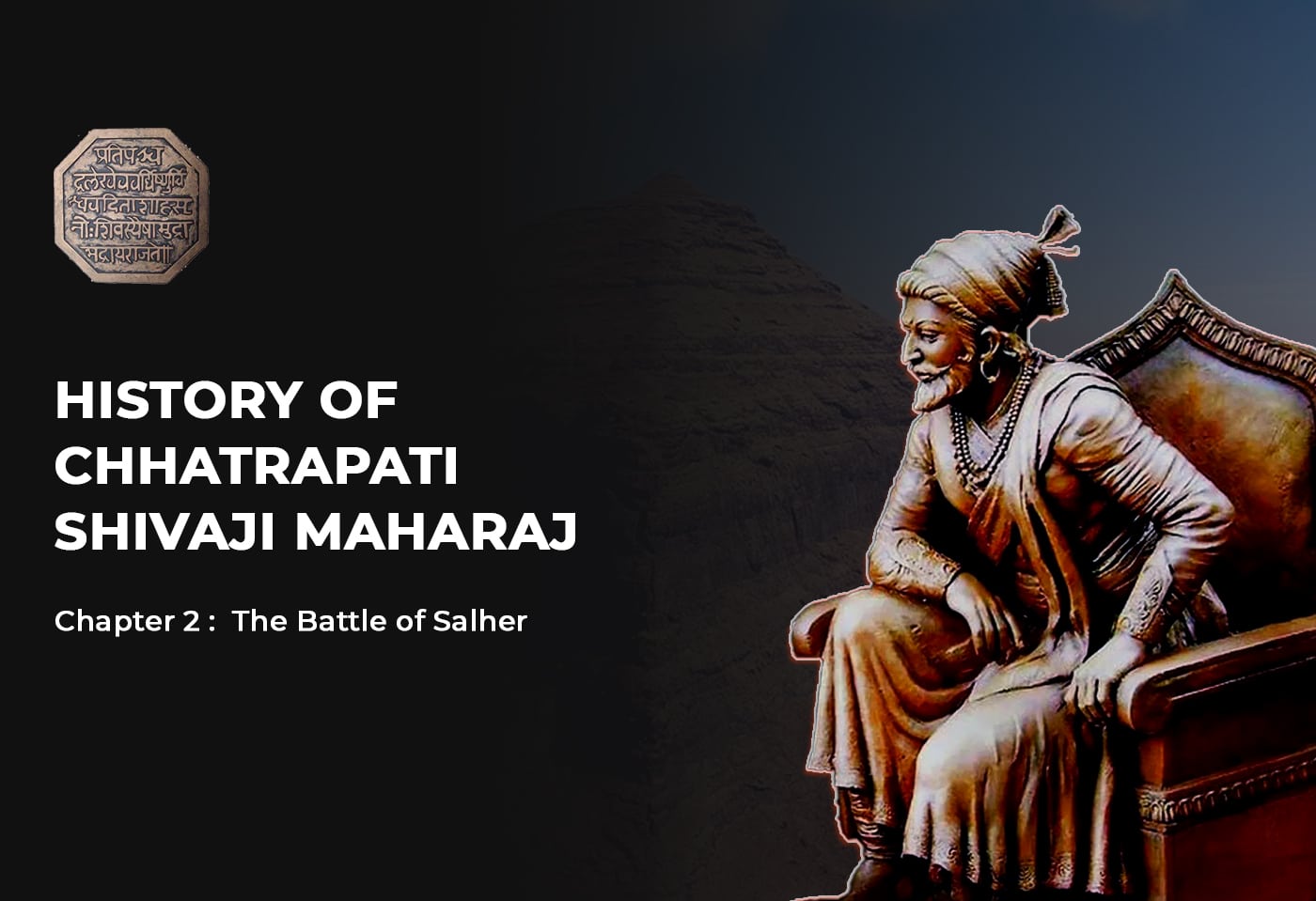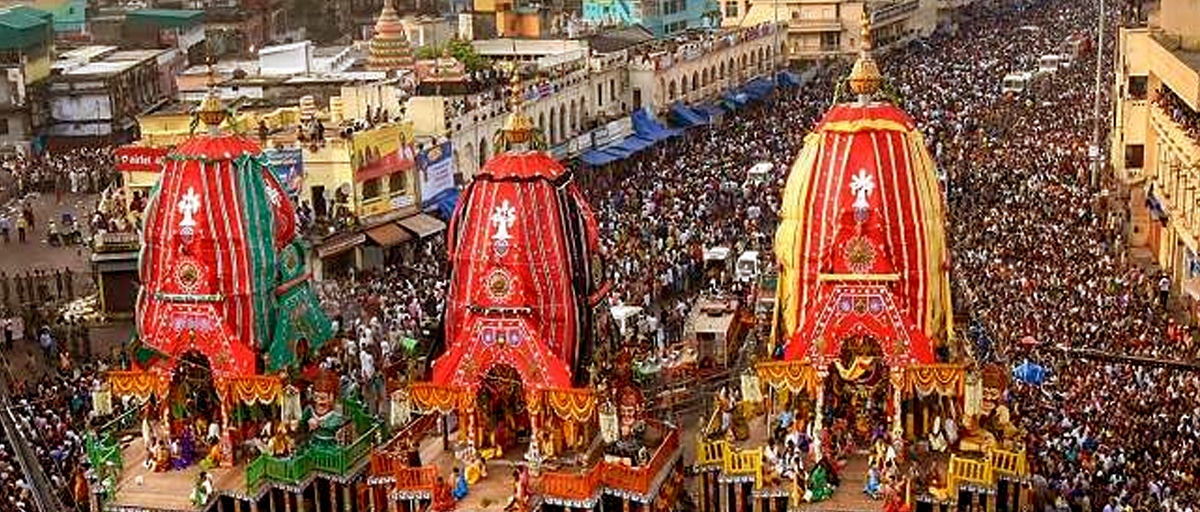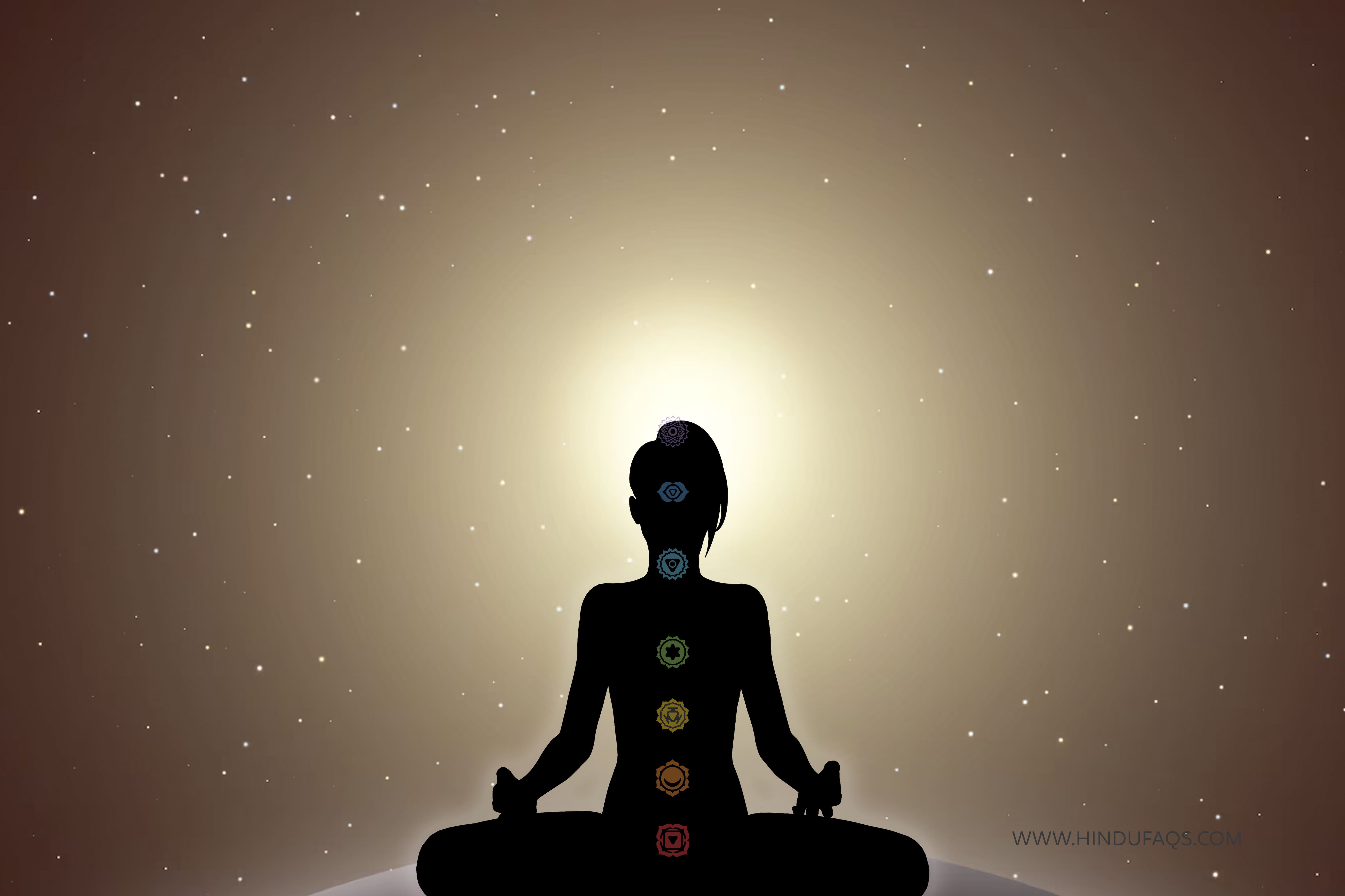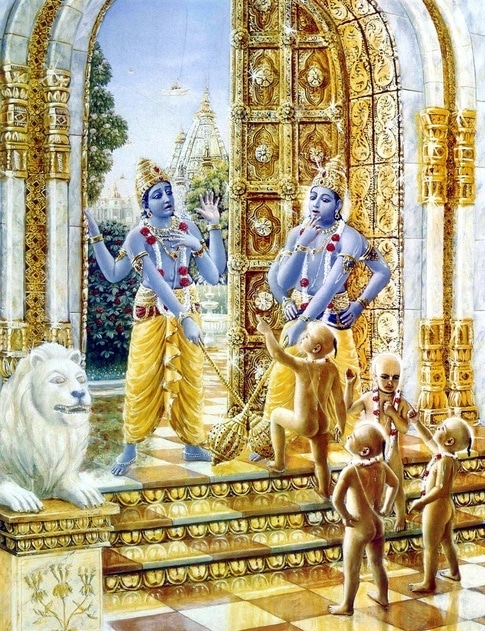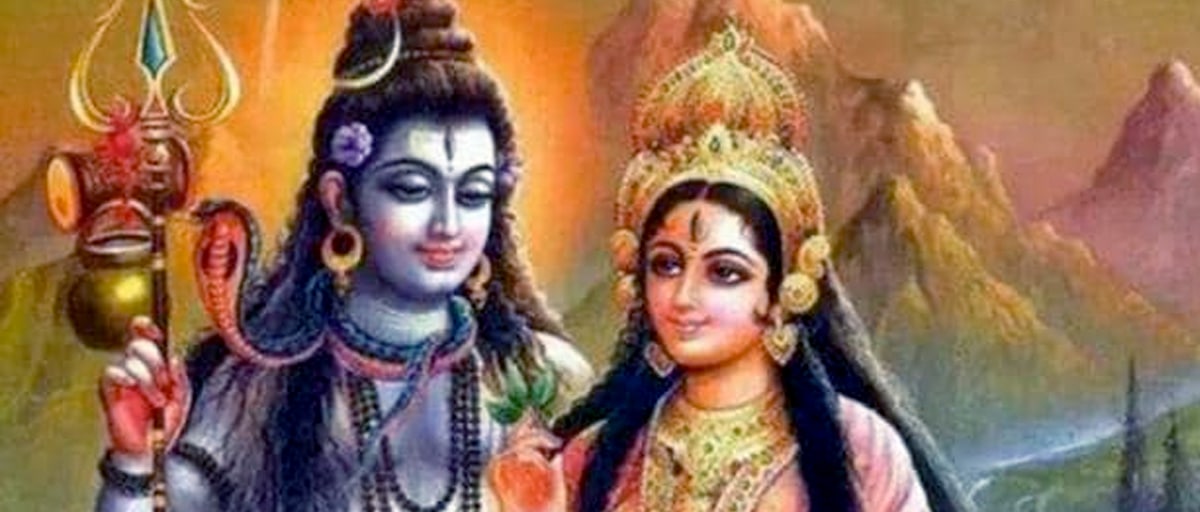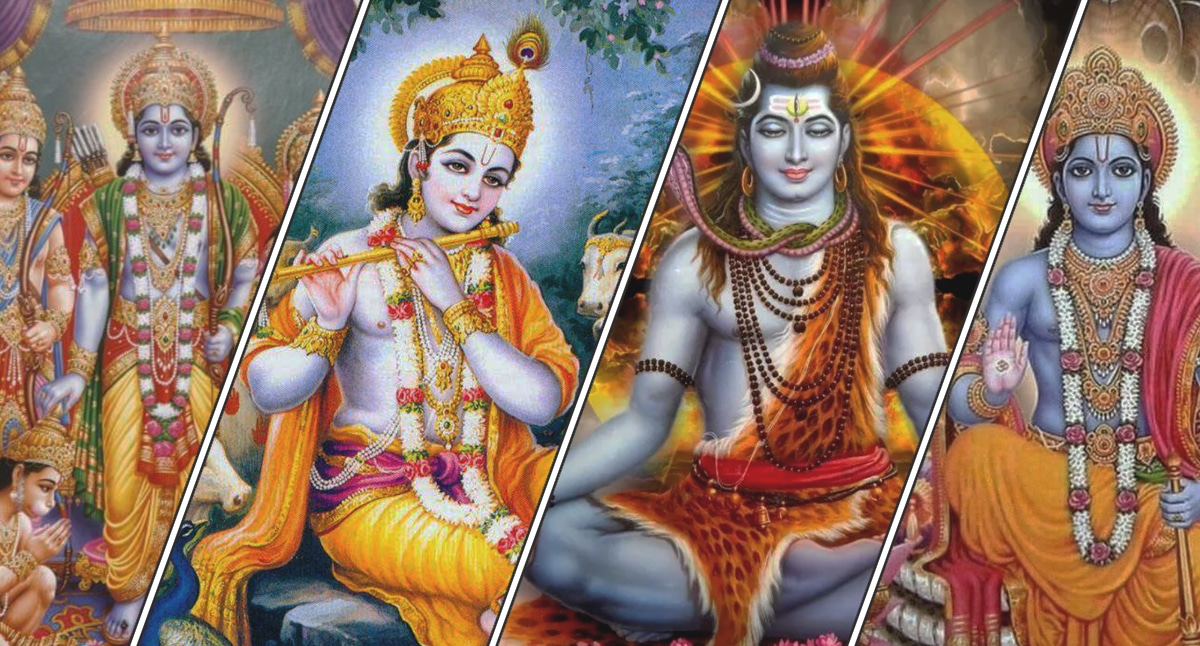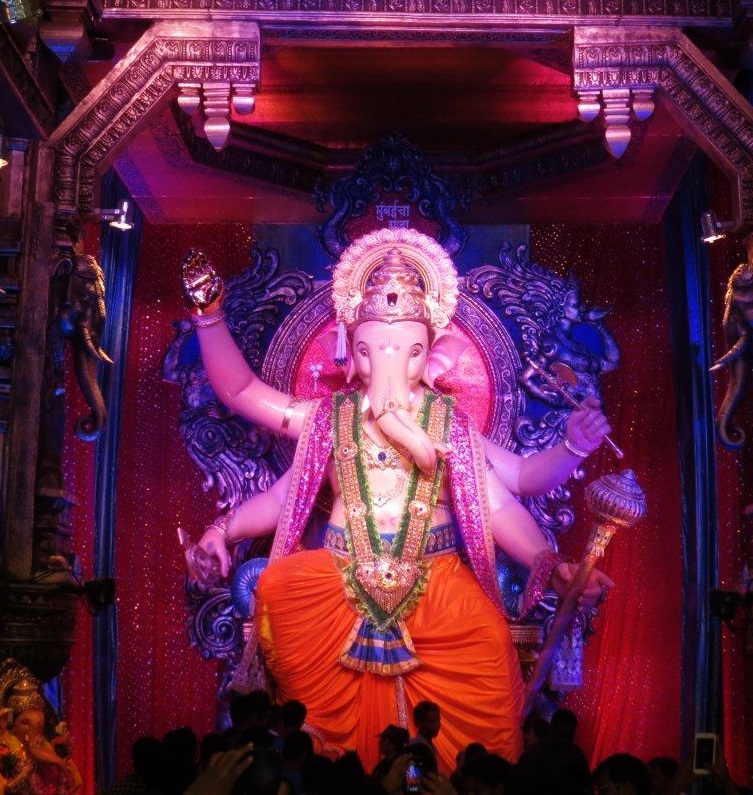What is Yoga?
On the occasion of International Yoga day which is on 21 July, we are happy to share some basic faq’s about yoga and the types of yoga. The word ‘yoga’ is taken from the Sanskrit root ‘yug’ which means union. The ultimate goal of yoga is to achieve union between the individual consciousness (atma) and the universal divine (paramatma).
Yoga is an ancient spiritual science that seeks to bring the mind, body and spirit in harmony or balance. You can find a parallels for this in many different philosophies: Buddha’s ‘middle path’ – too much or too little of anything is bad; or the Chinese yin-yang balance where seemingly opposite forces are interconnected and interdependent. Yoga is a science whereby we bring unity to duality.

Yoga is commonly viewed in our everyday encounters as “excercising flexibility”. These two words have a profound meaning although most people that state it are referring to the physical realm. The meaning of these words grow on the practitioner with experience. Yoga is the science of awareness.
What are Vedic Texts?
There are several thousand vedic texts, but here below is a quick synopsis of the parent/primary texts.
Vedas:
Rig : Defines the concepts of the 5 element theory
Yajur : Defines the methods to harness the 5 elements
Sama : Defines the frequencies associated with the 5 elements and their harmonics
Atharva : Defines the methods to deploy the 5 elements
Vedanga:
A collection of doctrines of grammar, phonetics, etymology and the science of language use to write the Vedas and UpaVedas
Upavedas:
Refers to specific subset extentions of the vedas. More of a practitioners manual. Here below are the most important to our discussion.
Ayurveda:
Medical science
Dhanurveda:
Martial Science
Upanishads:
Refers to a collection of texts that may be viewed as the final chapters of the vedas
Sutras:
Refers to a practitioner’s manual extracted from the Vedas. Identical to the Upavedas. The one of greatest interest to us being
Patanjali Yoga Sutra:
The ultimate doctrine of Yoga
Paths of Yoga:
There are 9 paths of Yoga, or 9 ways that union can be achieved:
Yoga paths refer to the actual method of practice to experience the state of yoga. Here below are the most common paths and their significance.
(1) Bhakta Yoga: Yoga via devotion
(2) Karma Yoga: Yoga via service
(3) Hatha Yoga: Yoga via balance of Sun and Moon energies
(4) Kundalini Yoga: Yoga via harnessing the power of creative latent energy in all of us
(5) Raja Yoga: Yoga via breathing
(6) Tantra Yoga: Yoga via balancing the male/female polarities
(7) Gyana Yoga: Yoga via intellect
(8) Nad Yoga: Yoga via vibration
(9) Laya Yoga: Yoga via music

The sage Patanjali defines yoga as “Chitta vritti nirodha” or cessasation of mental fluctuation (simply put – control over the wandering mind). In the Yoga Sutra, he divided Raja Yoga into Ashta Anga or Eight Limbs. The 8 limbs of yoga are:
1. Yama:
These are ‘ethical rules’ which should be observed to live a good and pure life. The yamas focus on our behavior and conduct. They bring out our true underlying nature of compassion, integrity and kindness. Consist of 5 ‘abstinences’:
(a) Ahimsa (Non-violence and non-injury) :
This includes being considerate in all actions, and not thinking ill of others or wishing them harm. Do not cause pain to any living creature in thought, deed or action.
(b) Satya (Truthfulness or non-lying) :
Speak the truth, but with consideration and love. Also, be truthful to yourself about your thoughts and motivations.
(c) Brahmacharya (Celibacy or control over sexuality) :
Though some schools interpret this as celibacy or total abstinence from sexual activity, it actually refers to restraint and responsible sexual behavior including faithfulness to your spouse.
(d) Asteya (Non-stealing, non-covetousness) : This includes not taking anything that has not been freely given, including someone’s time or energy.
(e) Aparigraha (Non-possessiveness) : Do not hoard or collect material goods. Take only that which you have earned.
2. Niyama:
These are ‘laws’ which we need to follow to ‘cleanse’ ourselves internally. The 5 observances are:
(a) Suacha (Cleanliness) :
This refers to both external cleanliness (baths) and internal cleanliness (achieved through shatkarma, pranayama and asanas). It also includes cleansing the mind of negative emotions such as anger, hatred, lust, greed etc.
(b) Santosha (Contentment) :
Be content and fulfilled with what you have instead of constantly comparing yourself to others or wishing for more.
(c) Tapas (Heat or fire) :
This means the fire of determination to do the right thing. It helps us ‘burn up’ desire and negative energies in the heat of effort and austerity.
(d) Svadhyaya (Self study) :
Examine yourself – your thoughts, your actions, your deeds. Truly understand your own motivations, and do everything with complete self-awareness and mindfulness. This includes accepting our limitations and working on our shortcomings.
(e) Isvar Pranidhana (Surrender to God) :
Recognize that the divine is omnipresent and dedicate all your actions to this divine force. Do not try to control everything – have faith in a greater force and simply accept what is.
3. Asana:
Postures. These are typically drawn from nature and animals (e.g. Downward Dog, Eagle, Fish Pose etc). Asanas have 2 characteristics:Sukham (comfort) and Stirtha (steadiness). Practicing yoga postures (asanas): increases flexibility and strength, massages the internal organs, improves posture, calms the mind and detoxifies the body. It is necessary to make the body limber, strong and disease-free through regular practice of asanas in order to free the mind for the ultimate goal of meditation. It is believed that there are 84 lakh asanas, of which about 200 are used in regular practice today.
4. Pranayama:
Prana (vital energy or life force) is intrinsically linked to the breath. Pranayama aims to regulate the breath in order to control the mind so the practitioner can attain a higher state of psychic energy. By controlling the breath, one can gain mastery over the 5 senses and, eventually, over the mind.
The 4 stages of pranayama are: inhalation (pooraka), exhalation (rechaka), internal retention (antar kumbhaka) and external retention (bahar kumbhaka).
5. Pratyahara:
Withdrawal of the senses from attachment to external objects. Most of our problems – emotional, physical, health-related – are a result of our own mind. It is only by gaining control over desire that one can gain inner peace.
6. Dharana:
Stilling the mind by dedicated concentration on a single point. A good point of concentration is the symbol Aum or Om.
7. Dhyana:
Meditation. Focussing on concentrating on the divine. By meditating on divinity, the practitioner hopes to imbibe the pure qualities of the divine force into him/herself.
8. Samadhi:
Bliss. This is truly ‘yoga’ or the ultimate union with the divine.
Disclaimer: All images, designs or videos in this page are copyright of their respective owners. We don’t own have these images/designs/videos. We collect them from search engine and other sources to be used as ideas for you. No copyright infringement is intended. If you have reason to believe that one of our content is violating your copyrights, please do not take any legal action as we are trying to spread the knowledge. You can contact us directly to be credited or have the item removed from the site.



